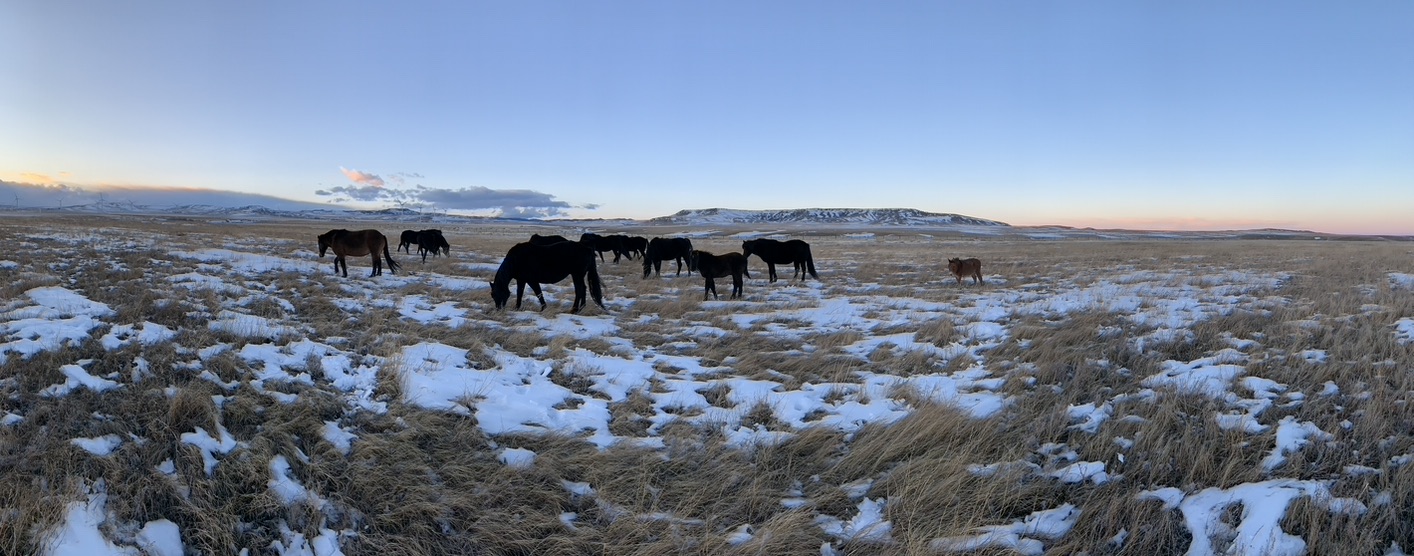
Welcome Bienvenue
Windy Coulee Canadians welcomes guests to stay on our ranch and experience life on the prairie.
We responsibly breed and raise a herd of rare Canadian Horses on protected native grassland that sustains the horses, wildlife, and this rare landscape – offering visitors a meaningful connection to conservation, heritage, and ranch life.
Highlights
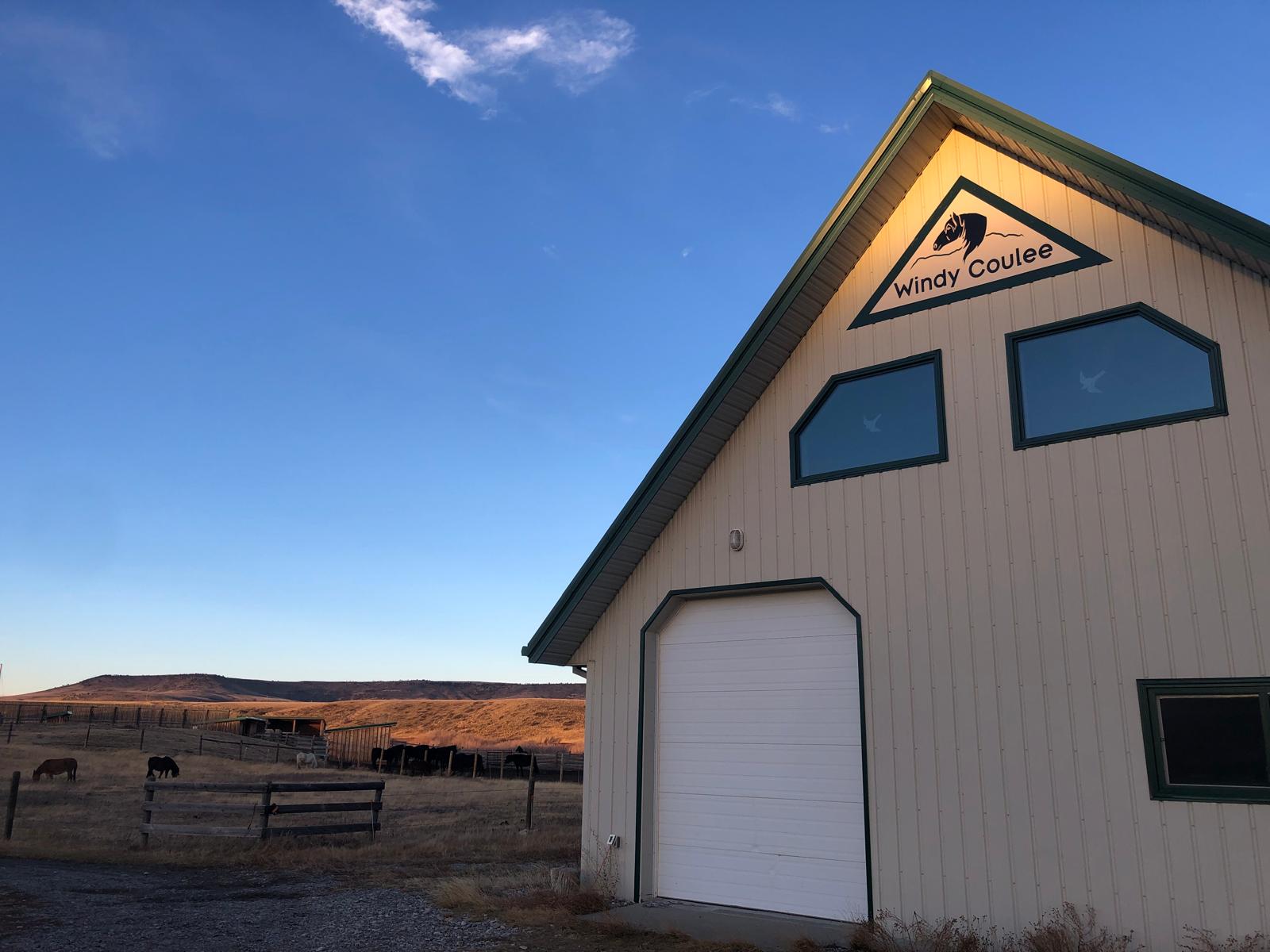
Staying at the Ranch
Learn about opportunites of staying on the ranch with Harvest Host or in the studio apartment coming 2026.
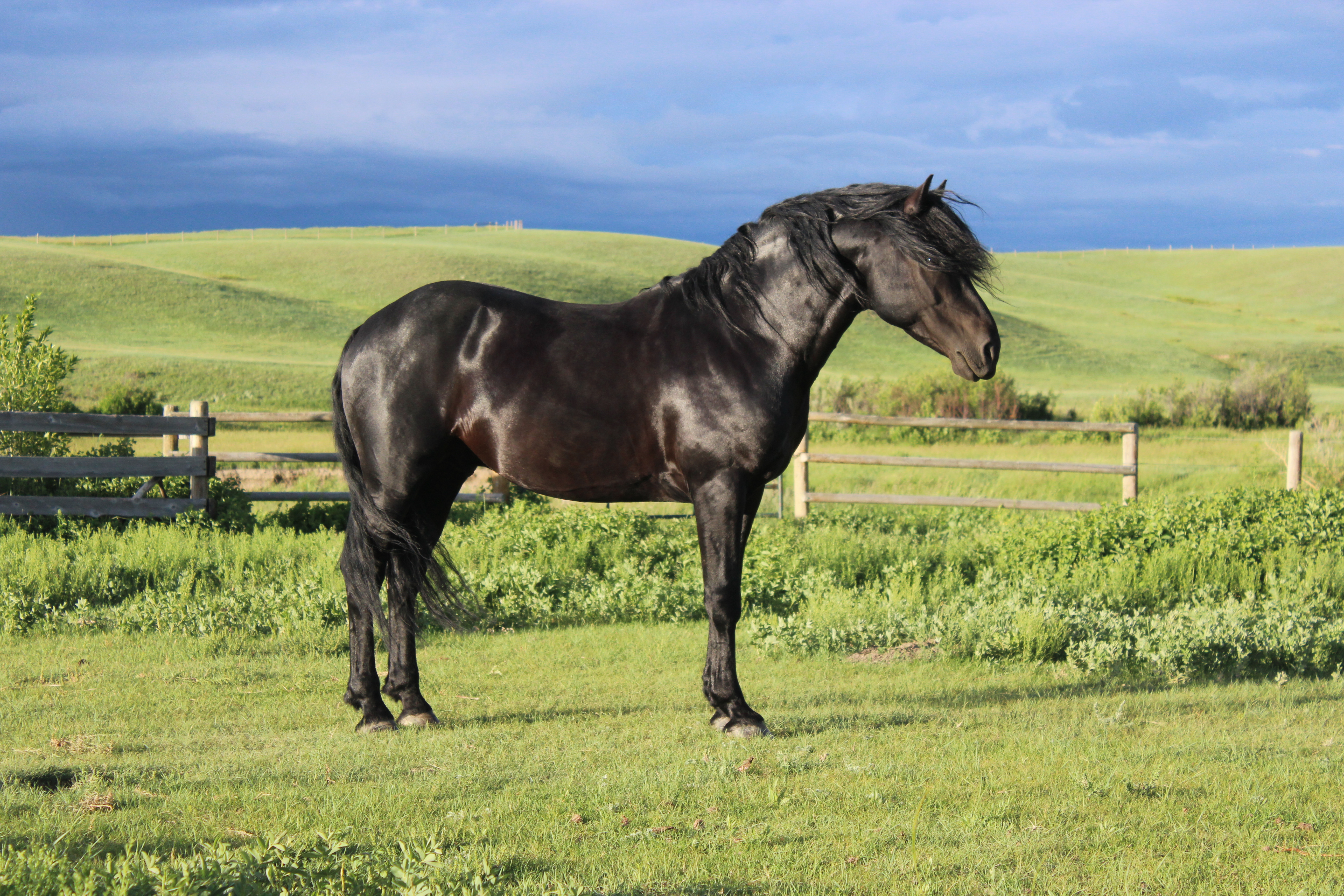
Windy Coulee Stallions
Zefyr is Windy Coulee Canadians outstanding purebred Canadian stallion. Learn more about him and the breeding fees.
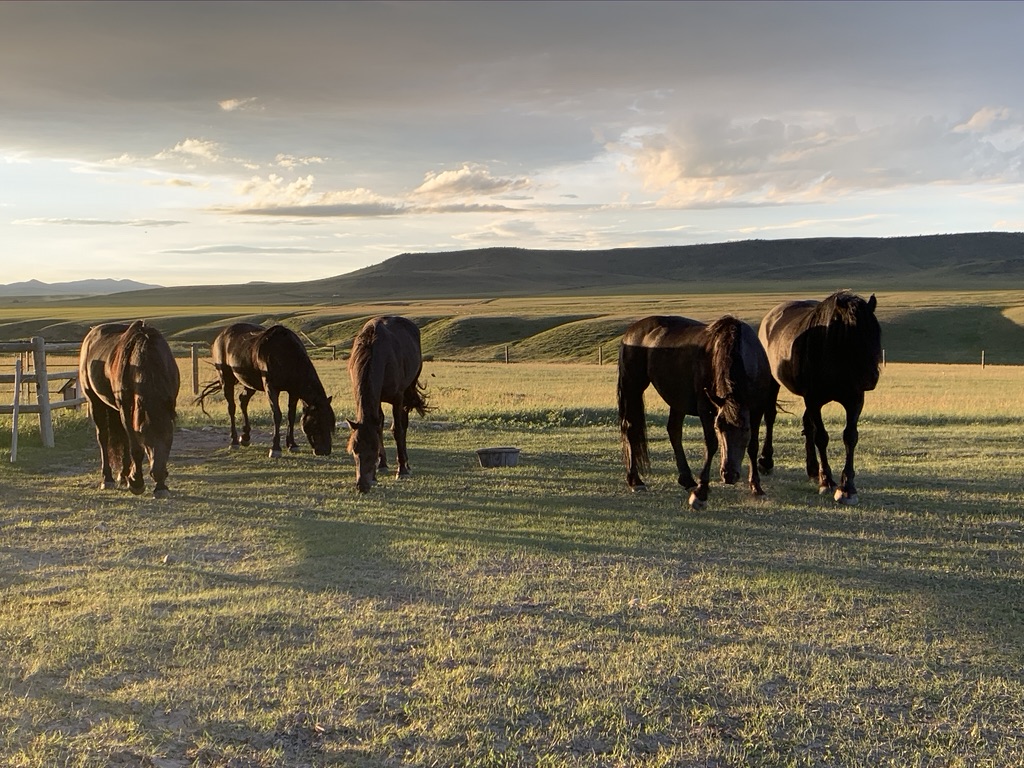
The Herd
Discover the story of our herd from its historic roots to the spirited horses that bring Windy Coulee to life today.
Ranch News
- Studio apartment for rent
The Ranch House has a studio apartment available for a room mate spring 2026. This opportunity is perfect for a horse enthusiast looking for a long term living arrangement.
Board is available for a retiree or riding horse or a riding/breeding lease is also possible! Applications accepted January to March 2026.
Read more:
The Ranch House Suite is currently under construction and will be set up like a studio apartment on the second story of the main Ranch House.
It will have:
- a private bathroom
- small kitchen (new fridge and stove)
- electric baseboard heat
- private entrance through the main floor mud room
Wifi, utilities, parking car/truck and horse trailer and utilities included. Board or Lease extra. References and signed roommate agreement required.
The farm is 25 km from the community of Pincher Creek, Alberta with approximately 6 km of gravel roads.
E-Mail: windycoulee@yahoo.ca for more information and application form.
Opportunity to Ensure the Survival of the Endangered Canadian Horse
- Have you wanted to raise your own rare breed of horse, but live in an urban setting?
- Are you in another part of Canada, or the World?
- Or are you thinking of transitioning in the next 4 years to a younger Canadian and retire your Oldie?
At Windy Coulee we want to offer the opportunity to ensure the survival of the endangered Canadian Horse via a Breeding Lease.
Learn more:
Breeding opportunities include two purebred Stallions, (semen is shipped) and breeding Mare leases, with stock tested for over 50 genetic health issues (all have excellent results).
Name your mare, pick your stallion (stud fee is free for the Windy Coulee Stallions) AI costs for stallion, stud fee for outside approved stallion, board (is very reasonable).
The person leasing the mare covers mortality insurance, hoof care, vaccinations, deworming, the breeding vet costs and travel.
The farm covers the first spring vet exam, DNA health testing of the mare and you work with the best Repro Vet in Western Canada.
Heidi provides daily care, supervision, transportation to vet, hand breeding, feed and any emergency vet care not related to the pregnancy.
Interested? E-Mail: windycoulee@yahoo.ca
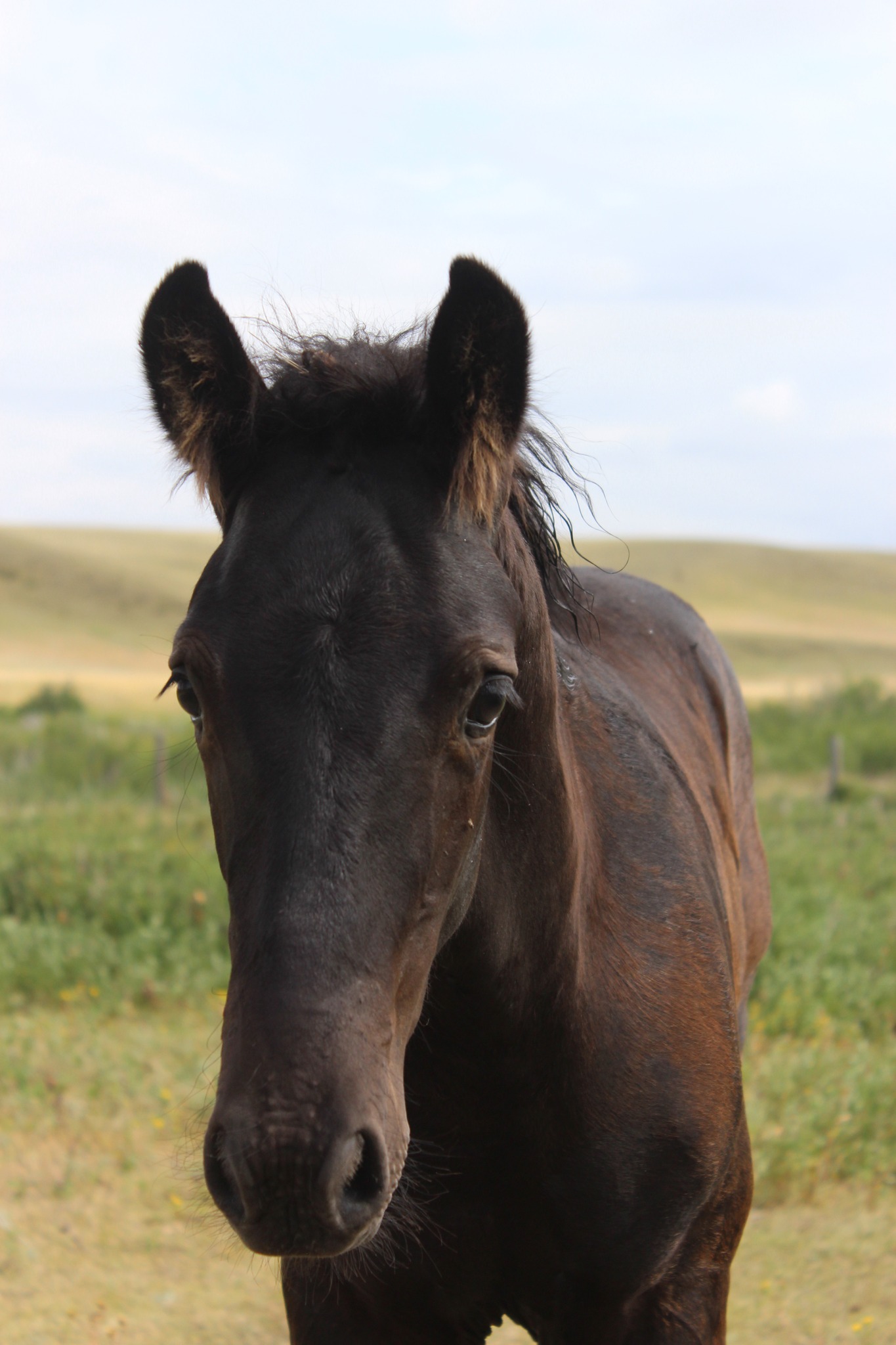
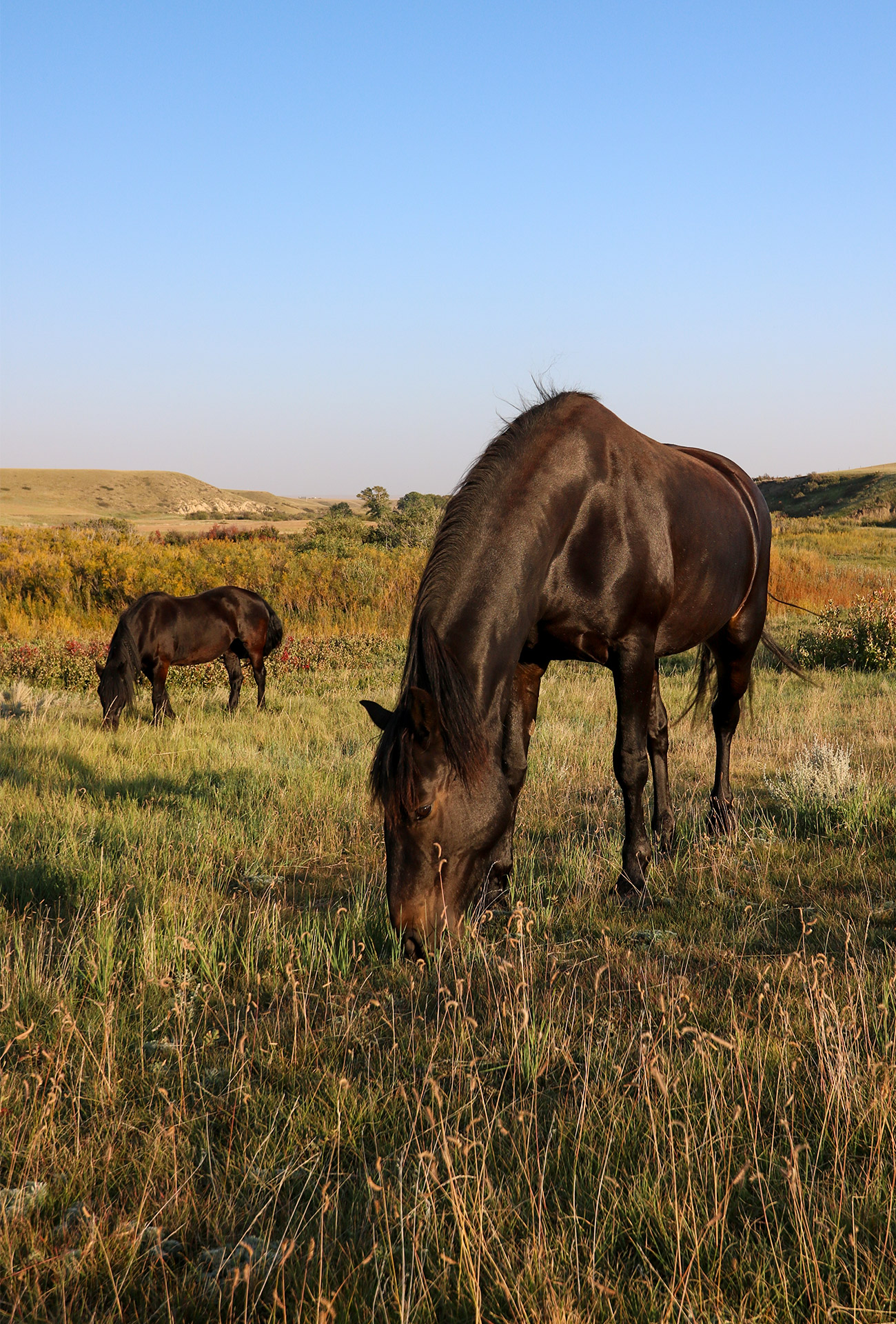
Our Philosophy of Horse Care
At Windy Coulee, horse welfare is the foundation of everything we do. We believe that truly healthy horses thrive when natural living conditions are combined with thoughtful, science-based management.
The Natural Herd setting
Our horses live in a natural herd environment that supports both mental and physical well-being. This setting encourages constant, natural movement and social interaction. From October to May, horses receive a steady supply of low-carbohydrate, nutrient-rich forage, closely aligned with their natural dietary needs. During the grazing season from May to September, they enjoy part-time pasture access, allowing for balance between forage quality and natural grazing behavior.
Scientific based Horse Care
We complement natural living with modern, science-based horse care practices. This includes a carefully developed mineral program tailored to support optimal health, regular and balanced hoof care, and continuous access to fresh water. Horses are provided with appropriate shelter and are under consistent supervision to ensure their comfort, safety, and long-term well-being.
Together, these principles guide our approach to responsible, respectful horse care and define the standards of our ranch.
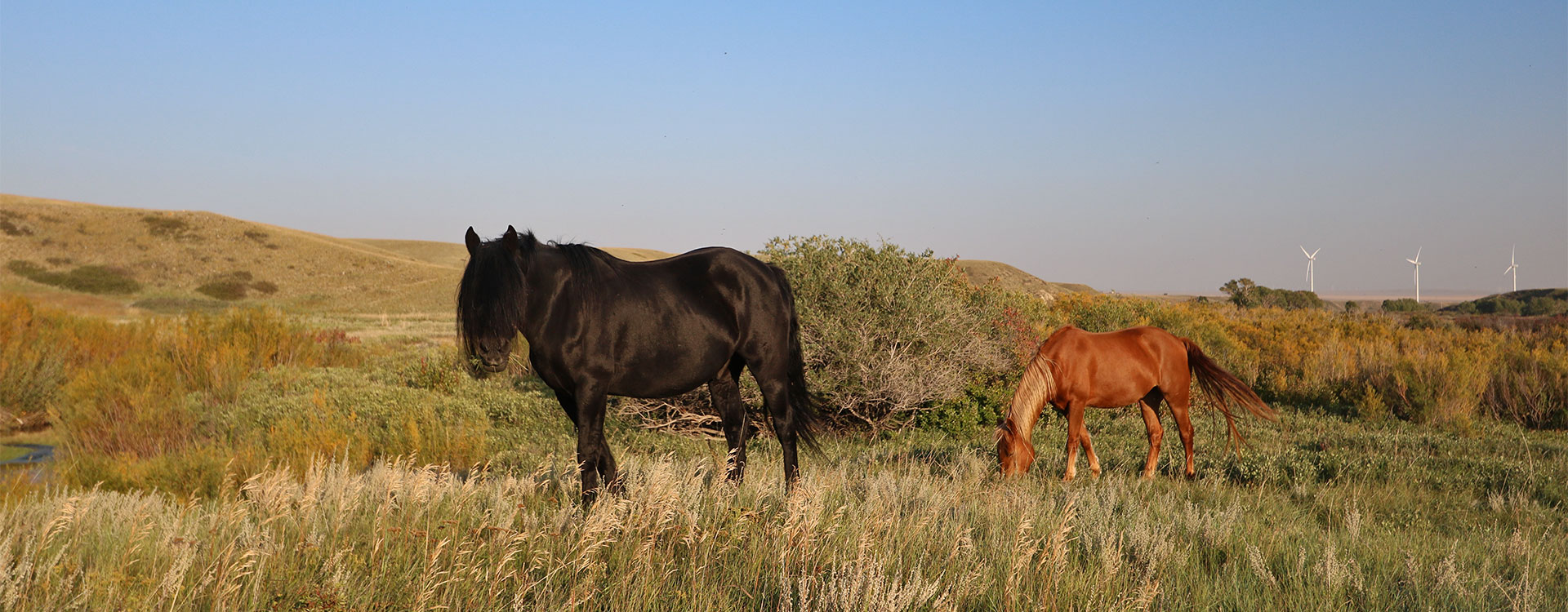
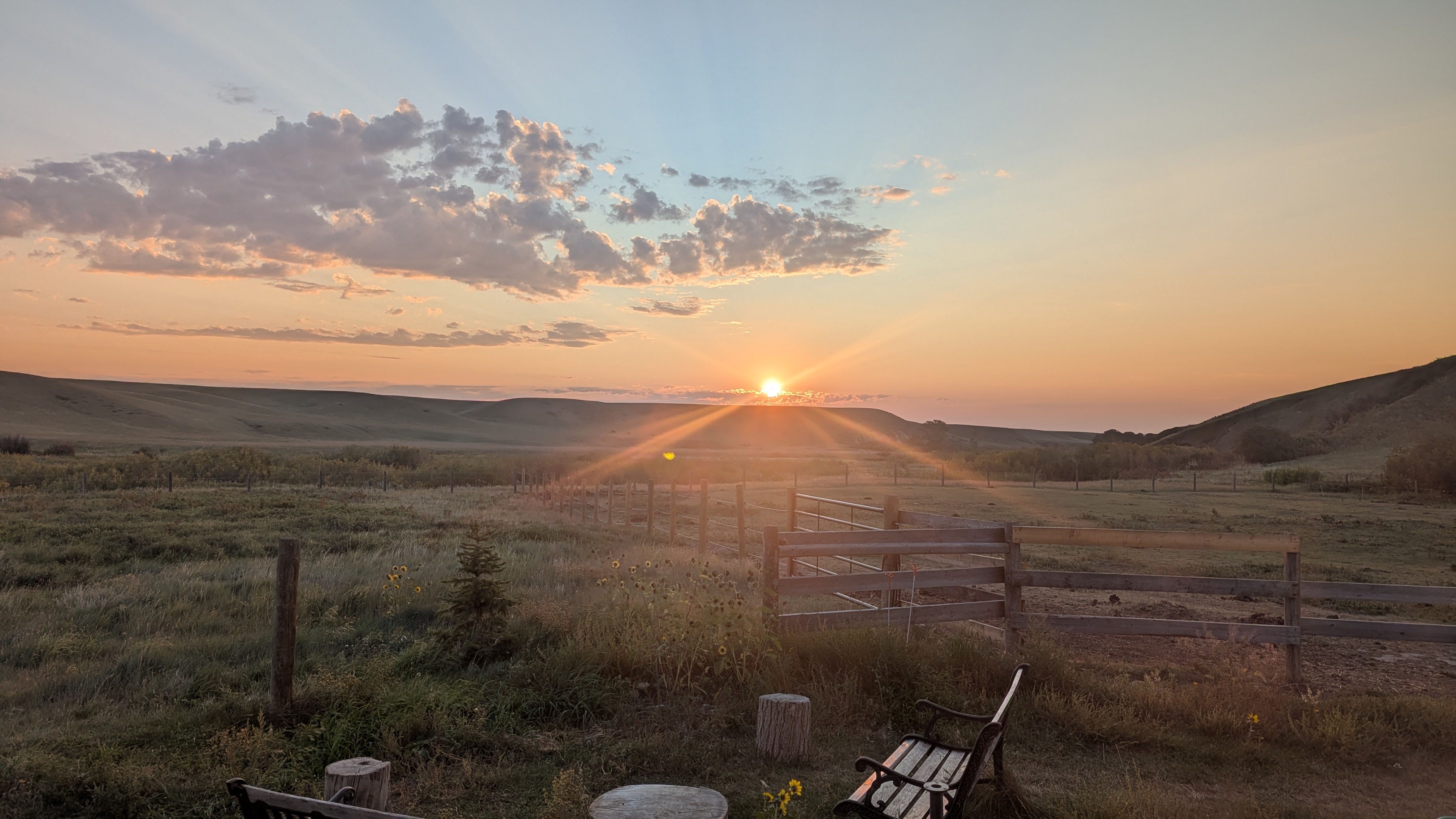
Spend a night under the wide prairie skies.
Stay at Windy Coulee as part of the Harvest Hosts program. Members can book to park your self contained RV on the ranch for free and enjoy spectacular sunrises, birdwatching, and soaking in the beauty of the landscape with hikes around the property.
Guests are welcome to meet our horses, ponies and chicken, and experience the peaceful rhythm of farm life.
Coming summer 2026: Guests can purchase a Day on the Ranch Excursion – stay tuned for the announcement
World Wide Opportunities on Organic Farms
Windy Coulee is a pround WWOOF Canda host for over 5+ years.
Volunteers immerse themselves in Ranch life for a unique experience. Thinking of a different way to explore Canada?
Join WWOOF Canada and start looking for host farms!
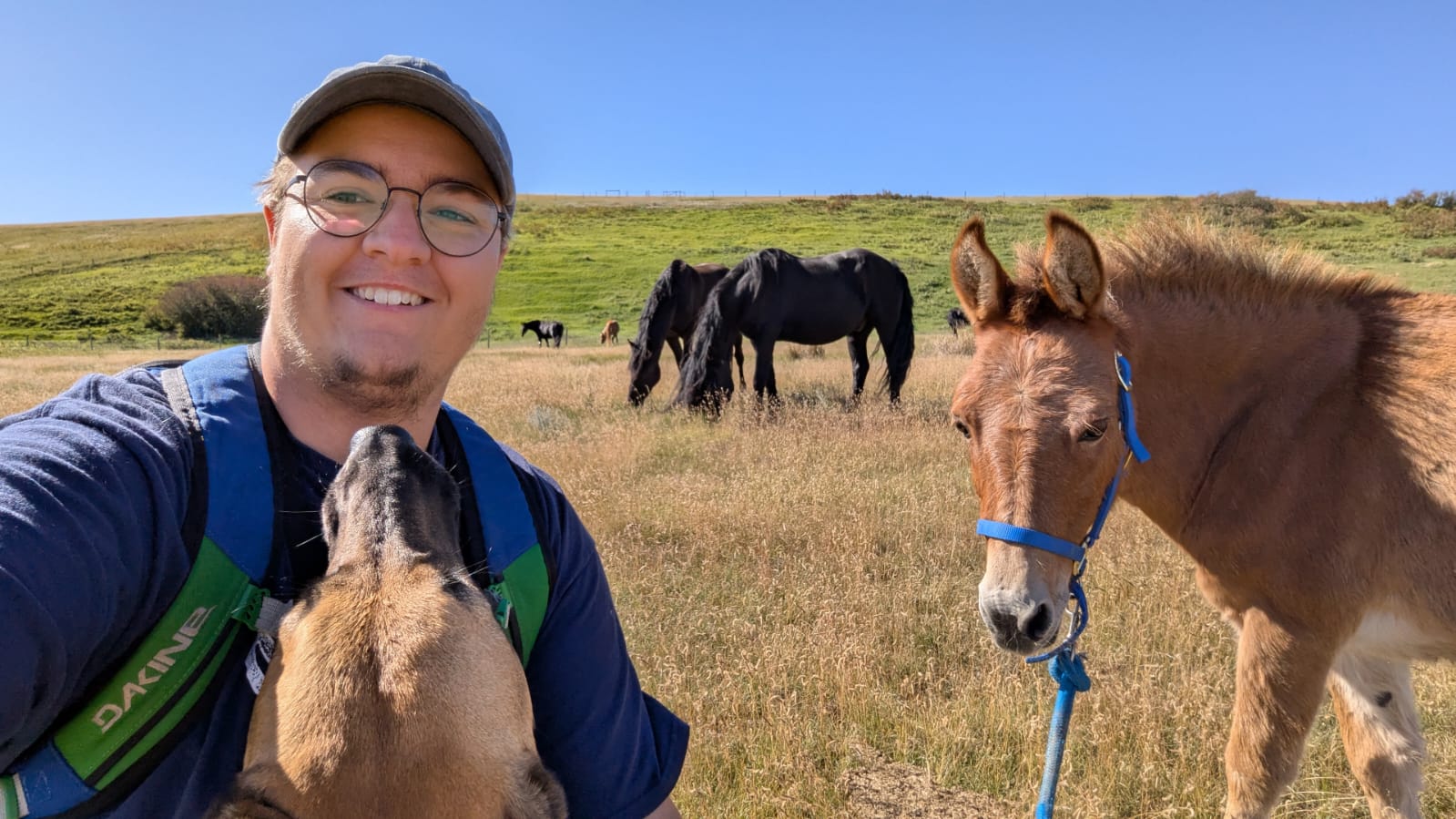
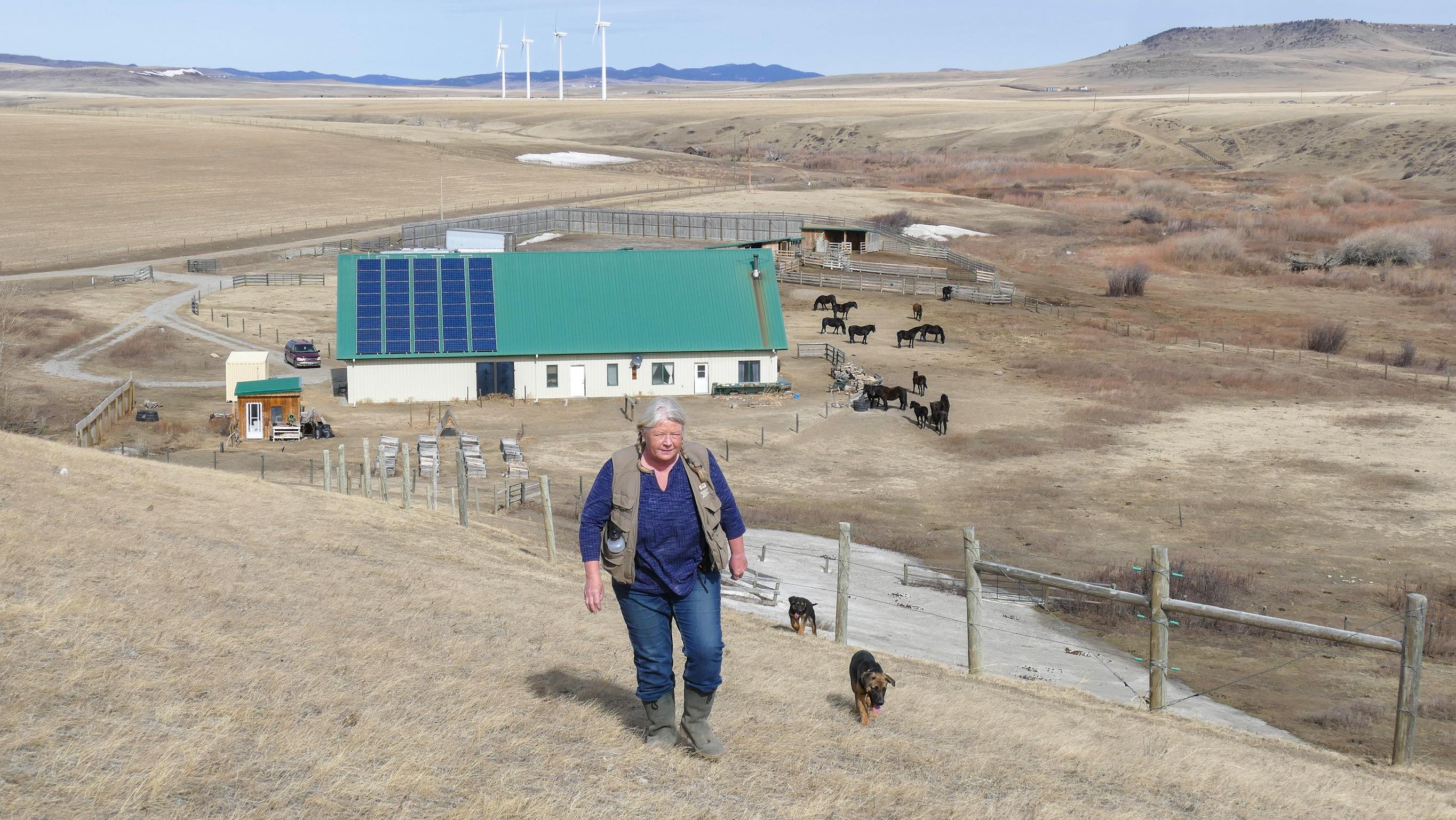
About us
Heidi lives with her cats, dogs, chickens, horses and ponies on the land and has raised the endangered Canadian Horse since 1995.
With Geology and Education University degrees, she spend a 30 year career guiding and serving the visitors to Southern Alberta’s amazing Provincial Parks. During her free time, she explored the backcountry of those same parks and Waterton Lakes National Park on horseback.
Media Opportuities
Windy Coulee is seeking interested Film Makers focusing on Natural Settings, Documentaries and Movie/ TV/ Commercial work.
The Ranch is offered as a Location with or without the herd, via The Alberta Film Commission and Location Base.
Check the ranches introductory film work:
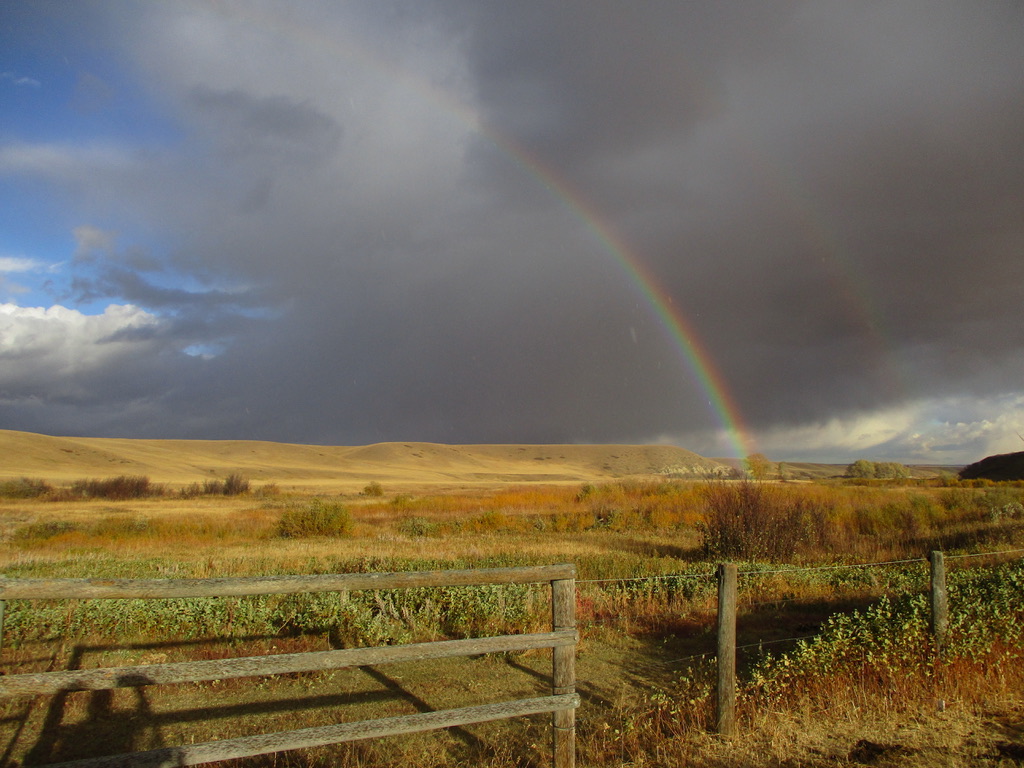
Windy Coulee Canadians thanks all the amazing photographers who have contributed to this website. These include: Emma, Sam, Cora, Sierra, Lauranne, Catherine, Lisa, Marc, Christopher and many more.

